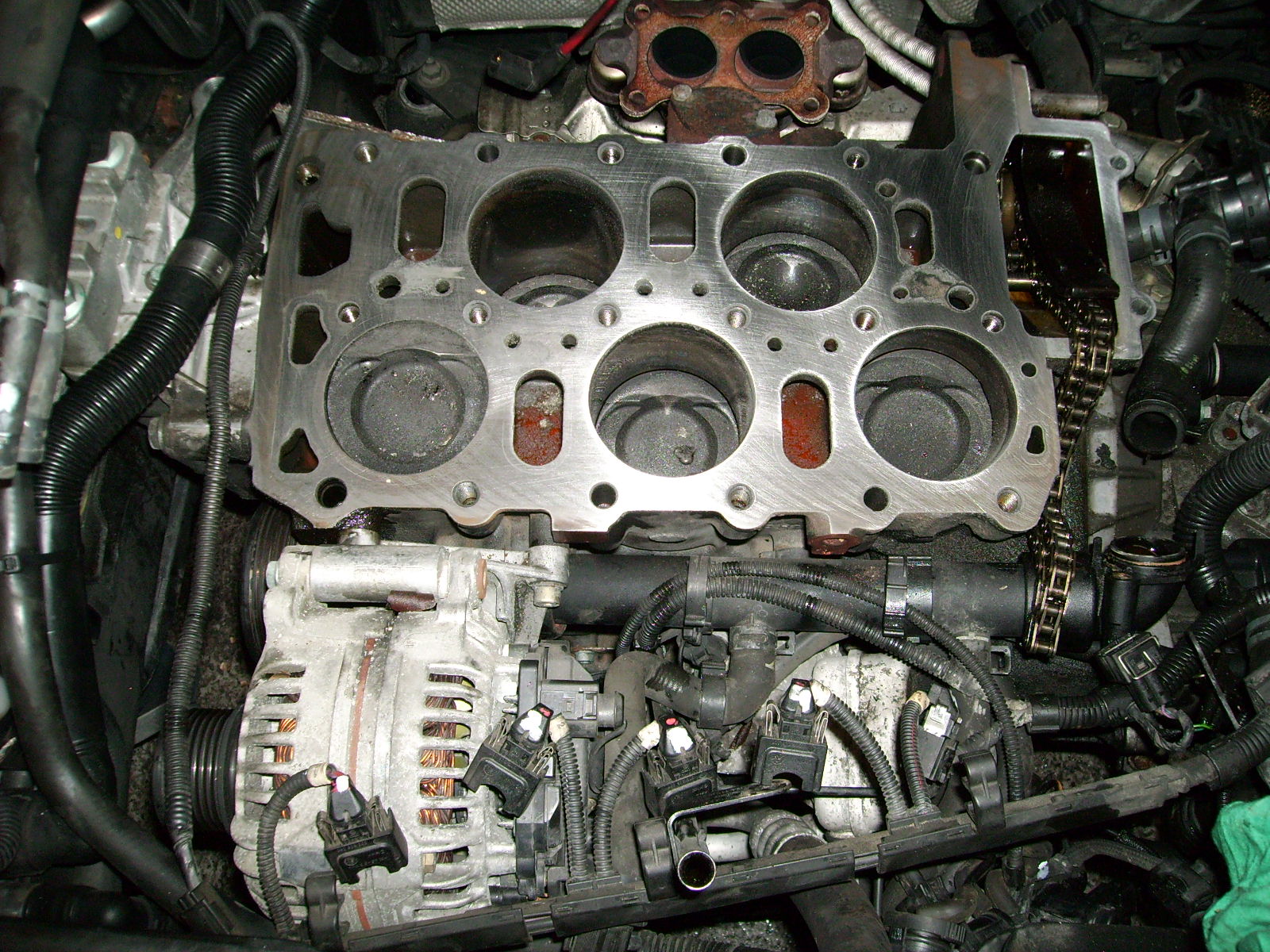
V5 engine from Volkswagen - is the 2.3 V5 150KM and 170KM the recommended design at this time?
Content
Volkswagen loves interesting engine designs. You can mention here, for example, 2.3 V5, 2.8 VR6 or 4.0 W8. These engines still have their big fans and a large group of skeptics. Today we will talk about the first of them - the 5-liter V2.3 engine.
V5 engine from Volkswagen - the most important technical data
As we mentioned earlier, this unit was available in two versions - 150 and 170 horsepower. 5 cylinders were arranged in a row alternately, in the form of VR blocks. So it's not a traditional V-twin engine because all the cylinders are covered by one head. The timing drive is carried out by a chain that is very durable. What is very important, the 170 hp version. and 225 Nm requires fuel with an octane rating of 98 and the manufacturer does not recommend using another. While not a traditional V-twin, the cost of ownership can be a bit higher. Of course, we are talking about service life, operating costs or defects.
2.3 V5 - engine reviews
First, there are not many engines of this type on the market. This entails slightly higher parts costs than for engines such as 1.8T or 2.4 V6. However, compared to any of the 2.3 V5 engines mentioned, it is very flexible and delivers an exceptionally good driving experience. Secondly, you need to know that a gearbox with a popular two-mass flywheel was installed on this engine. The cost of replacement is much more than 200 euros. Thirdly, fuel consumption should also be taken into account. The presence of 170 horsepower and 5 cylinders obliges you to take more fuel from the tank. On the highway, you can keep within 8-9 liters, and in the city, even 14 l / 100 km!
V5 engine - what to look for?
Many users of the forum dedicated to cars with this engine pay attention primarily to the quality of the fuel. And this is true, because especially the 170-horsepower versions are extremely sensitive at this point. The manufacturer recommends using gasoline 98, so any deviations are unacceptable. Poor fuel quality can lead to loss of power and idling problems. The VR5 block also has an expensive timing chain that needs to be repaired. Of course, it does not stretch, as it is produced now (1.4 TSI is faulty), but in a car older than 20 years it should be replaced. The engine was paired with tiptronic gearboxes, in which regular oil maintenance should be carried out. Some models also like to burn engine oil.
2,3 V5 150 and 170 horses and other designs
Interestingly, Audi also installed five-cylinder 2,3-liter engines. However, these were in-line copies. Their power ranged from 133–136 to 170 hp. They were available in 10- and 20-valve versions. Weaker versions had mechanical fuel dose control, more powerful ones had electronic injection. Competition for 2,3-liter VAG engines is 1.8T or 2.4 V6. The first of them, as the only one, has the potential to increase power at low cost. In addition, these units have more readily available spare parts, the cost of which is not so high.
V5 engine from VW - summary
There are fewer and fewer cars with a V5 engine, and comfortable copies on the secondary market are extremely rare. Prices in our country do not exceed 1000 euros, and troubled cars can be bought for half that price. An alternative may be to look for an external market - in Germany or England. But is it worth it? The cost of possibly bringing the car to good condition can be very high.
